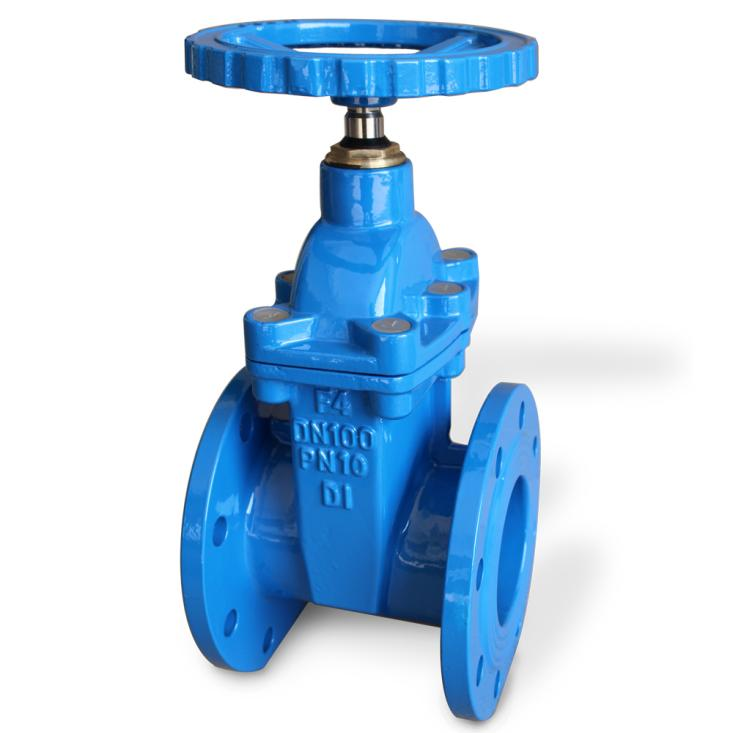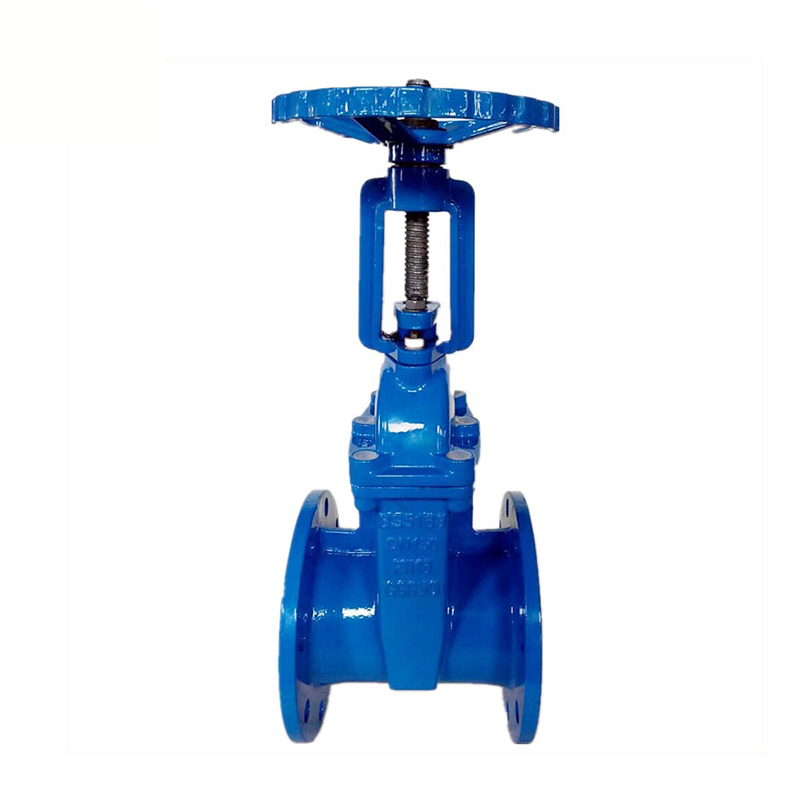The Rising Stem Gate Valves and Non-Rising Stem Gate Valve
Gate valves are classified according to the type of stem, which can be divided into two types: open stem gate valve and Non-rising stem gate valve. The two are different in transmission mode, valve body structure, installation space, application range, etc.

Non-Rising Stem Gate Valve

1. The difference in transmission mode. The transmission mode of the Rising stem gate valve is that the handwheel drives the nut to rotate in place, and the valve stem is linearly raised and lowered. Through the threaded transmission of the valve stem and the steering wheel, the valve disc rises and falls to complete the switch; the Non-rising stem gate valve is a hand The wheel drives the valve stem to rotate. The hand wheel and the valve stem are connected together and relatively immovable. There are threads in the gate, and the valve stem rotates at a fixed point to drive the gate to rise and fall.
2. The difference in structure, the structure of the rising stem gate valve is that the stem nut is on the bonnet or bracket. When the gate is opened and closed, the stem nut is rotated to realize the lifting of the stem. The structure of the concealed stem gate valve is that the stem nut is in the valve body and is in direct contact with the medium; when opening and closing the gate, it is realized by rotating the stem.
3. The difference in installation space, the rising stem gate valve requires a larger installation space because of the stem; the height of the Non-rising stem gate valve is small, and it will not take up too much space during installation.
4. The difference in application scope, the structure of the rising stem gate valve is beneficial to the lubrication of the stem, and the degree of opening and closing is obvious; the stem thread of the Non-rising stem gate valve is not only unable to be lubricated, but it is directly corroded by the medium and is easily damaged. Therefore, the open stem gate valve is more The Non-rising stem gate valve has a wider range of applications.
The above is the difference between the Rising stem gate valve and the Non-rising stem gate valve. Next, I will introduce a little common sense to you, how to judge the Rising stem gate valve and the Non-rising stem gate valve: The stem of the Rising stem gate valve drives the gate up and down together. The drive thread on the stem is outside the valve body. The opening and closing and position of the gate can be intuitively judged according to the movement direction and position of the valve stem; the drive thread of the Non-rising stem gate valve is located on the valve. Inside the body, during the opening and closing process, the valve stem only rotates, the gate is raised and lowered in the valve body, and the valve opens and closes without rotating the steering wheel.

Comments
Post a Comment